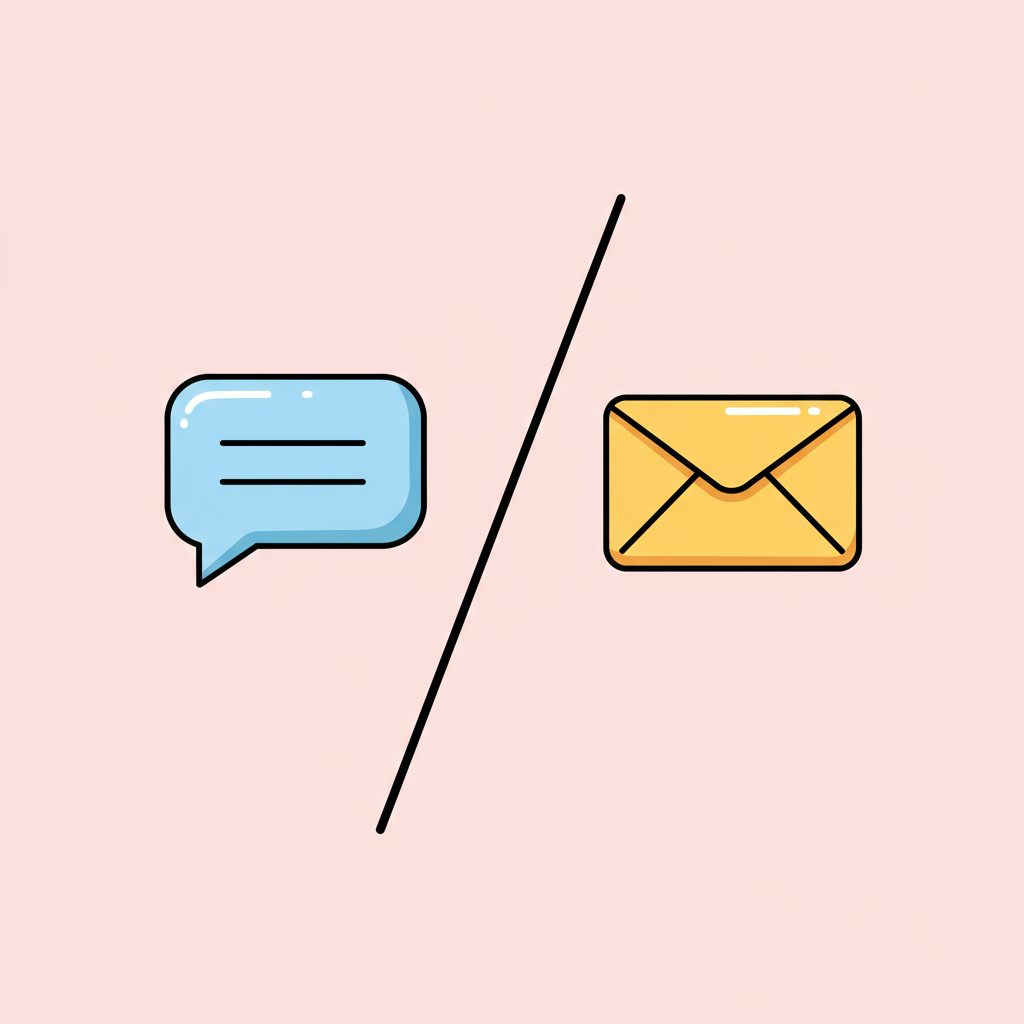A Merchant’s Guide to Choosing the Right Channel for Your Store
As a Shopify merchant, I’ve spent countless hours thinking about how to best serve my customers. One of the most critical aspects of any successful e-commerce business is, without a doubt, customer support.
It’s the backbone of customer retention and brand loyalty. When a customer has a question or an issue, how they reach you and how quickly and effectively you respond can make or break their experience.
This often brings us to a common dilemma: should I prioritize live chat support, or is email still the gold standard? Or perhaps, is there a perfect blend of both?
I’ve experimented with various approaches over the years, and I want to share my insights to help you make an informed decision for your own Shopify store.
Let’s dive deep into the pros and cons of each channel, and explore when each might be the most effective tool in your customer service arsenal.
First, let’s talk about live chat support. It’s become incredibly popular, and for good reason. The immediate gratification it offers is a huge draw for today’s fast-paced consumers.
One of the biggest advantages of chat is its real-time nature. Customers can get instant answers to their queries, which can significantly improve their satisfaction, especially for simple questions.
It’s fantastic for pre-sales inquiries. Imagine a customer on your product page, just a quick question away from making a purchase. Chat can close that sale instantly.
Chat also allows agents to handle multiple conversations simultaneously, which can be a boon for efficiency during peak hours, provided your team is well-trained.
It can feel more personal and conversational than email, helping to build rapport with your customers in a less formal setting.
However, chat isn’t without its drawbacks. The expectation of immediate response can be a double-edged sword. If your team isn’t available 24/7, or if response times lag, it can lead to frustration.
Complex issues are often difficult to resolve via chat. It’s hard to explain intricate problems or troubleshoot technical glitches without the ability to attach screenshots or detailed documents.
Chat transcripts, while useful, can sometimes be less organized than email threads, making it harder to track long-term issues or refer back to past conversations.
It also requires dedicated staff during operational hours. You can’t just leave a chat window unattended; customers expect a prompt reply.
Now, let’s shift our focus to email support. This is the traditional workhorse of customer service, and it still holds immense value, especially for certain types of inquiries.
The primary benefit of email is its asynchronous nature. Customers can send detailed messages at any time, day or night, without needing an immediate response.
This makes it ideal for complex issues that require thorough explanations, attachments, or internal research. Think about returns, exchanges, or detailed technical support.
Email provides a clear, written record of all communication. This is invaluable for dispute resolution, tracking progress on long-standing issues, and maintaining a comprehensive customer history.
It allows your support team to manage their workload more flexibly. They can prioritize emails, research solutions, and craft well-thought-out responses without the pressure of a live conversation.
You can also set clear expectations for response times with email, which helps manage customer patience. For example, stating ‘we’ll respond within 24 hours’ is perfectly acceptable.
On the flip side, email’s main disadvantage is its slower response time. In an age of instant gratification, waiting hours or even a day for a reply can be frustrating for some customers.
It can also feel less personal than a live chat. The back-and-forth for clarification can sometimes prolong the resolution process, leading to longer overall resolution times.
For simple, urgent questions, email can feel cumbersome. A customer just wanting to know ‘what’s my order status?’ doesn’t want to wait for an email reply.
So, what’s the best approach for your Shopify store? In my experience, the most effective strategy is often a hybrid one, leveraging the strengths of both channels.
I recommend offering both chat and email support. This caters to different customer preferences and the varying complexities of their inquiries.
For quick questions, pre-sales, or immediate order status checks, direct customers to your live chat. Make it prominent on your site.
For detailed issues, returns, technical problems, or anything requiring attachments, guide them towards email. Clearly state this on your contact page.
Consider using a help desk system that integrates both channels, allowing your team to manage all inquiries from a single dashboard. Shopify apps like Gorgias, Zendesk, or Freshdesk are excellent for this.
Train your support team on the nuances of each channel. Chat requires quick thinking and concise communication, while email demands clarity, thoroughness, and excellent written skills.
Ultimately, the goal is to provide a seamless and efficient support experience. Monitor your key metrics: response times, resolution rates, and customer satisfaction (CSAT) for both channels.
What do you think about this approach? Have you found a different strategy works best for your Shopify store?
By understanding the unique benefits and limitations of chat and email, you can craft a customer support strategy that not only resolves issues but also builds lasting customer relationships.
It’s about meeting your customers where they are, with the right tool for their specific need. This thoughtful approach will undoubtedly contribute to your Shopify store’s long-term success.






